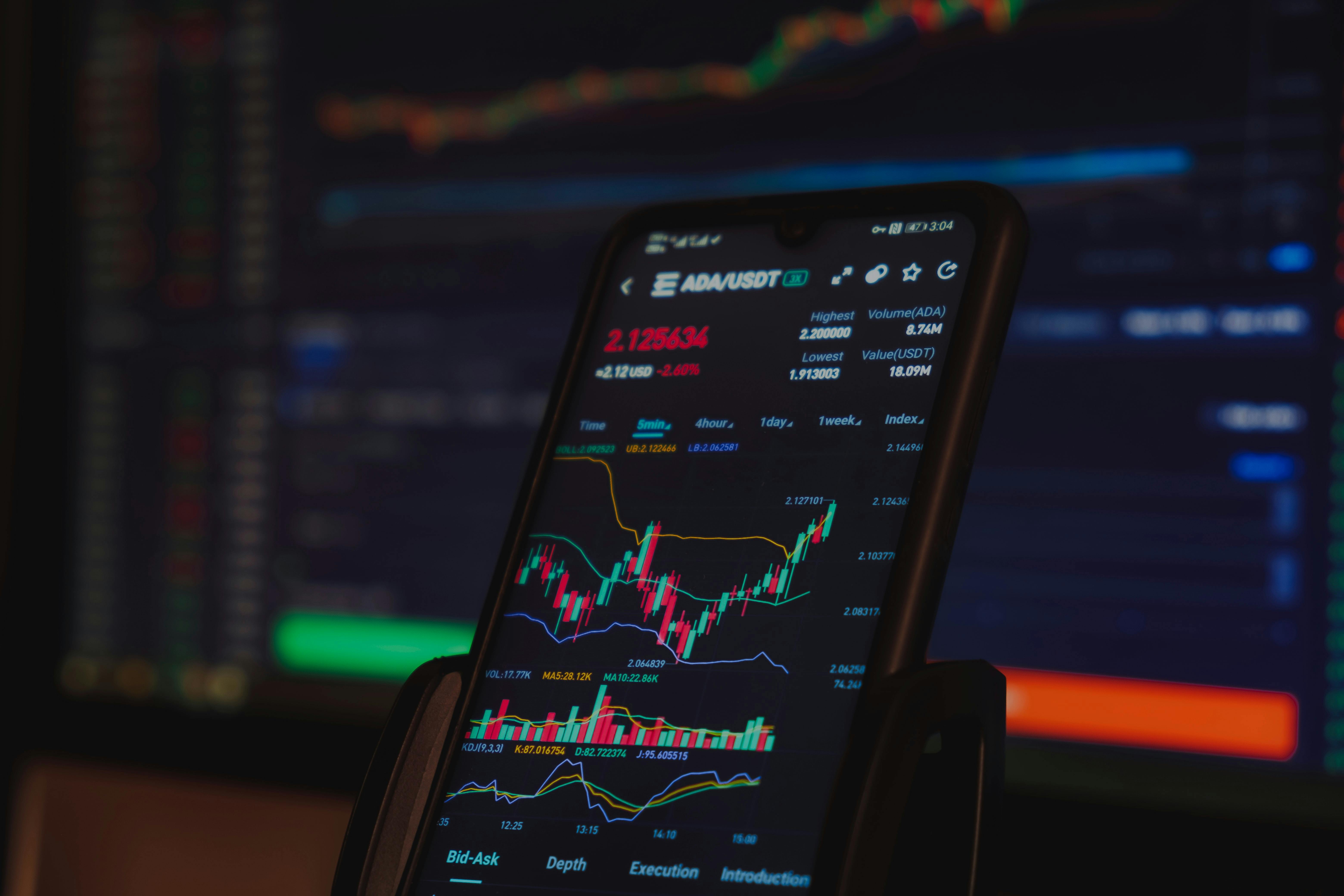Cryptocurrency trading can feel like navigating a stormy sea, with prices swinging wildly and emotions running high. But what if you could tap into the crowd’s mood to guide your trades? Retail sentiment—the collective feelings and opinions of everyday investors—offers a powerful tool for spotting opportunities in the crypto market. In this guide, we’ll break down how to harness retail sentiment to build a winning trading strategy, explained in simple terms for anyone looking to dip their toes into crypto trading.
What Is Retail Sentiment in Crypto Trading?
Retail sentiment refers to the overall mood, opinions, and behaviors of individual investors, as opposed to big institutions or “whales.” In the crypto world, these retail traders often share their thoughts on platforms like X, Reddit, and Telegram, creating a buzzing hive of optimism, fear, or uncertainty.
Why Retail Sentiment Matters
Unlike traditional markets, crypto is heavily driven by retail investors. Their collective actions can push prices up during a wave of hype or trigger a sell-off when panic sets in. By understanding this sentiment, you can anticipate market moves before they happen. For example, extreme optimism often signals a market top, while widespread fear can indicate a buying opportunity.

How to Measure Retail Sentiment
To use retail sentiment effectively, you need to know where to look and how to interpret the data. Here are the most accessible ways to gauge the crowd’s mood.
Social Media Platforms
Platforms like X and Reddit are goldmines for sentiment analysis. On X, traders often post real-time reactions to price movements or news. Search for hashtags like #Bitcoin or #Ethereum to see what’s trending. Reddit’s crypto subreddits, such as r/CryptoCurrency, are filled with discussions that reveal whether the community is bullish or bearish.
- Tip: Look for spikes in post volume or highly upvoted threads. A sudden surge in chatter about a specific coin often precedes price action.
Sentiment Analysis Tools
For a more structured approach, use sentiment analysis tools designed for crypto. Platforms like Santiment and LunarCrush aggregate data from social media and provide metrics like “social volume” (how often a coin is mentioned) and “sentiment score” (positive or negative vibes).
- Example: If LunarCrush shows a coin’s sentiment score jumping from negative to positive alongside rising social volume, it could signal growing interest and a potential price rally.
Fear and Greed Index
The Crypto Fear and Greed Index, available on sites like Alternative.me, measures market sentiment on a scale from 0 (extreme fear) to 100 (extreme greed). This index combines data like market volatility, trading volume, and social media activity to give you a snapshot of the market’s emotional state.
- How to Use It: Extreme fear (scores below 20) often marks a good time to buy, while extreme greed (scores above 80) suggests a potential sell-off is near.

Building a Trading Strategy with Retail Sentiment
Now that you know how to measure sentiment, let’s turn it into a practical trading strategy. Here’s a step-by-step plan to get started.
Step 1: Combine Sentiment with Technical Analysis
Sentiment alone isn’t enough—it’s most powerful when paired with technical indicators like support/resistance levels or moving averages. For instance, if social media is buzzing with excitement about a coin and its price is approaching a key resistance level, it might be a sign to take profits before a pullback.
- Example: Imagine Dogecoin is trending on X with sky-high sentiment. If the price is nearing a historical high (resistance), consider waiting for a breakout or preparing to sell if it stalls.
Step 2: Spot Contrarian Opportunities
Retail sentiment often swings to extremes, creating opportunities for contrarian trades. When everyone is euphoric, the market is likely overbought, and when panic dominates, it’s oversold.
- Case Study: In May 2021, retail hype around Bitcoin pushed prices to $64,000, but sentiment was overwhelmingly greedy. Savvy traders who sold at the peak avoided the subsequent crash to $30,000. Conversely, those who bought during the fear-driven dip in July 2021 caught the rebound.
Step 3: Monitor News and Events
News catalysts, like exchange listings or regulatory updates, can amplify retail sentiment. Keep an eye on crypto news sites like CoinDesk or CoinTelegraph to spot events that might spark a wave of retail excitement or fear.
- Pro Tip: Cross-check news with sentiment data. If a coin gets listed on Binance but sentiment remains flat, the price impact might be limited.

Step 4: Manage Risk
Crypto is volatile, and sentiment-driven trades can be risky. Always use stop-loss orders to limit losses and never invest more than you can afford to lose. A good rule of thumb is to risk no more than 1-2% of your portfolio on a single trade.
- Example: If you buy Ethereum at $3,000 based on bullish sentiment, set a stop-loss at $2,850 to cap your loss at 5%.
Common Mistakes to Avoid
Using retail sentiment isn’t foolproof, and beginners often fall into traps. Here’s what to watch out for.
Chasing Hype
When a coin is all over social media, it’s tempting to jump in. But hype often peaks just before a correction. Always confirm sentiment signals with other indicators before trading.
Ignoring Fundamentals
Sentiment can drive short-term price moves, but long-term success depends on a coin’s fundamentals—like its technology, team, and adoption. Don’t bet on a coin just because the crowd loves it.
Overtrading
Constantly reacting to sentiment shifts can lead to overtrading, racking up fees and stress. Stick to a plan and trade only when signals align.
Tools and Resources to Get Started
Ready to dive in? Here are some beginner-friendly tools to track retail sentiment and build your strategy:
- LunarCrush: Free tool for social media sentiment and coin rankings.
- Santiment: Paid platform with advanced sentiment metrics (offers free trials).
- TradingView: For technical analysis to complement sentiment data.
- Alternative.me: Home of the Crypto Fear and Greed Index.

Conclusion
Retail sentiment is like a pulse check for the crypto market, giving you a window into the crowd’s emotions. By combining social media insights, sentiment tools, and technical analysis, you can craft a trading strategy that rides the waves of retail enthusiasm or capitalizes on their fear. Start small, manage your risks, and always double-check your signals. With practice, you’ll be navigating the crypto seas like a seasoned captain.




